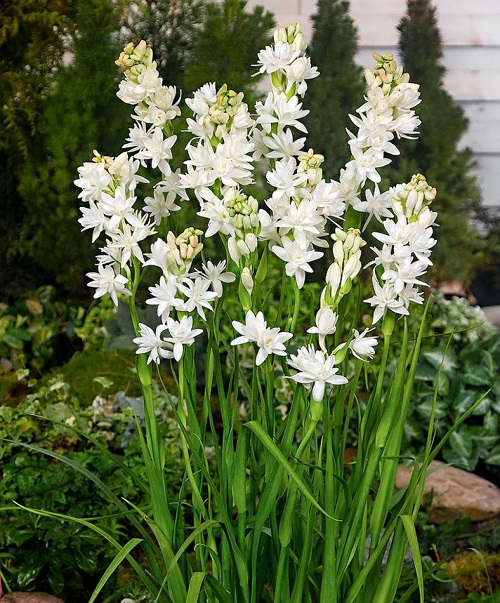.JPG)
Epiphyllum, commonly known as orchid cacti or epiphytic cacti, can be propagated through stem cuttings. Here's a step-by-step guide on how to propagate Epiphyllum:
Select a healthy parent plant: Choose a mature Epiphyllum plant with strong and healthy stems. Look for a plant that is actively growing and free from pests or diseases.
Prepare the stem cuttings: Take stem cuttings in spring or early summer when the plant is actively growing. Select a healthy stem that is at least 4-6 inches (10-15 cm) long. Make a clean cut just below a joint or segment using a sharp, sterilized knife or scissors.
Allow the cuttings to callus: Place the cuttings in a warm, dry location for a few days to allow the cut ends to callus over. This helps prevent rotting when the cuttings are planted.
Prepare the rooting medium: Fill a small pot or container with a well-draining cactus or succulent potting mix. Alternatively, you can use a mix of perlite and peat moss or a mixture of sand and peat.
Plant the cuttings: Make a hole in the rooting medium using a pencil or stick. Insert the bottom end of the cutting into the hole, ensuring it is planted deep enough to provide stability. Press the medium gently around the cutting to hold it in place.
Provide the right environment: Place the pots or containers in a warm location with bright, indirect light. Avoid direct sunlight, as it may cause the cuttings to dry out or get sunburned. Maintain a temperature of around 70-80°F (21-27°C).
Water sparingly: Water the cuttings lightly, ensuring the soil is slightly moist but not waterlogged. Overwatering can lead to rotting. Allow the top inch of the soil to dry out between waterings.
Encourage root growth: Keep the humidity levels moderately high around the cuttings by placing a clear plastic bag or a propagator dome over the pots. This helps to create a mini-greenhouse effect and maintain moisture around the cuttings.
Monitor and wait for root development: Check the cuttings regularly for signs of root growth, usually within a few weeks to a couple of months. Gently tug on the cuttings to feel resistance, indicating the presence of roots.
Transplant the rooted cuttings: Once the cuttings have developed a sufficient root system, carefully transplant them into individual pots with a well-draining cactus or succulent potting mix. Provide regular care by watering when the soil is dry and placing the plants in bright, indirect light.
With proper care and patience, the propagated Epiphyllum cuttings should establish themselves and develop into new plants. It's important to maintain the appropriate growing conditions and avoid overwatering to prevent rotting and ensure successful propagation.

















